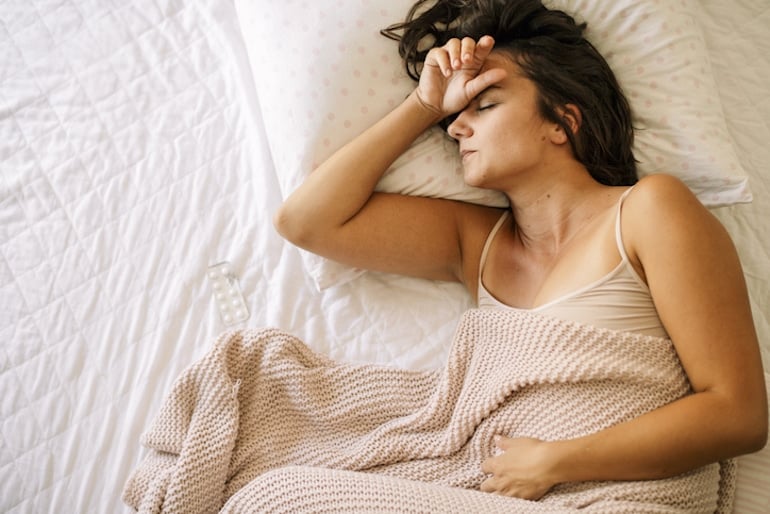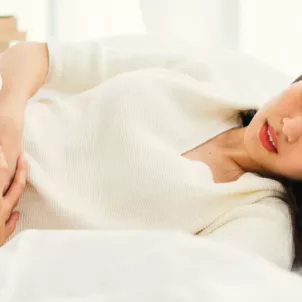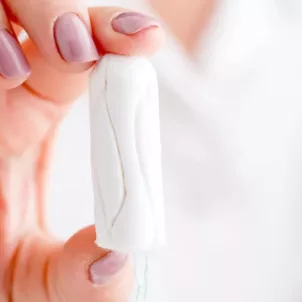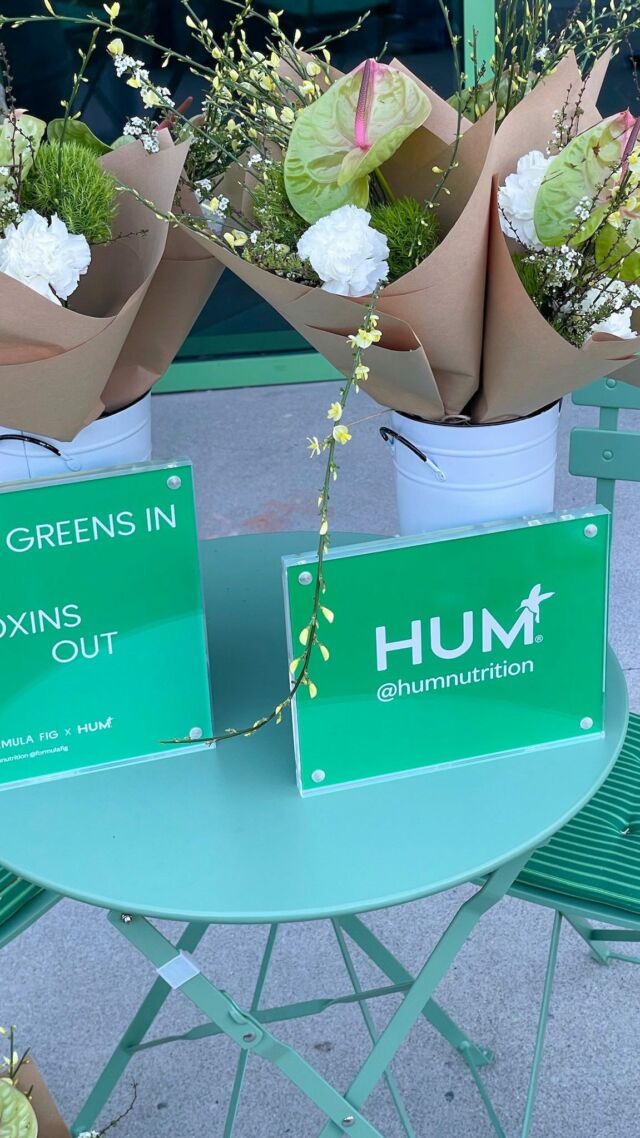What causes period pain? Learn more about period pain symptoms and how to alleviate them.
For some, period pain is a mild experience every month. But for others, its intensity can mount to unpleasant extremes.
Let’s explore common menstrual symptoms—followed by what helps period pain— so you can gain better control over your body and health each month.



Is period pain normal?
We’ve been taught that where there’s pain, there’s usually a problem. So it’s understandable if you worry about period pain, which is also known as dysmenorrhea. But here’s some good news: According to the Mayo Clinic, menstrual cramps don’t cause other health complications. Fahimeh Sasan, MD, the founding OB-GYN of Kindbody in NYC, concurs, explaining that period pain is quite common. “Someone who has painful periods doesn’t need to immediately worry that they have a major medical issue,” she reassures us.How common is menstrual pain?
Up to 25 to 50 percent of adult women (and about 75 percent of teenagers) experience menstrual pain. Of those women, five to 20 percent reported pain severe enough to prevent them from participating in everyday activities. Further, the American College of Obstetricians and Gynecologists also reports that “more than half of women who menstruate have some pain for one to two days each month.” In other words, yes: Period pain is normal, and it doesn’t necessarily mean that you have an underlying health condition.
Common Symptoms of Period Pain
There are several common ways in which women experience dysmenorrhea, including:- pain in the lower abdomen, lower back, and/or thighs
- pain that’s either continuous or ebbs and flows
- discomfort a few days prior to menstruation or strongest within the first 24 hours
- fatigue
- headache
- dizziness
- nausea
- loose stools
- bloating
- vomiting
- breast tenderness
What causes period pain?
Now, for the root cause of period pain: Women who experience menstrual pain produce more prostaglandins. Prostaglandins are hormones that are critical to the body’s inflammatory system. If you cut your finger or have a cold, for example, prostaglandins may induce pain, fever, and/or inflammation to help your body heal. But these hormones also play an important role in the menstrual cycle. You may know that menstrual bleeding is caused by repeated, subtle uterine muscle contractions which help to shed the uterine lining—and prostaglandins trigger these contractions. But if your body overproduces prostaglandins, these contractions become stronger and less subtle. As a result, you feel more pain.Types OF MENSTRUAL PAIN
It’s important to understand that there are two kinds of menstrual pain.1. Primary Dysmenorrhea
Primary dysmenorrhea is normal and doesn’t signify a larger health issue. It’s caused by uterine contractions that may be strong enough to induce pain. This type of period pain usually starts shortly after a young woman gets her first period, and may decline after the age of 30. Symptoms generally last no more than three days from the beginning of menstruation.2. Secondary Dysmenorrhea
Conversely, underlying health conditions (such as endometriosis or fibroids) may cause secondary dysmenorrhea. This type of period pain generally heightens with age and may last longer than three days.
What helps period pain?
Regardless of the type of period pain you experience, there are many options for treatment that should significantly alleviate discomfort. Just keep in mind that choosing treatments that target the cause of the pain (i.e., the overproduction of prostaglandins) are more likely to result in permanent and longer-lasting changes.HORMONAL BIRTH CONTROL
According to the Physicians Committee for Responsible Medicine (PCRM), 90 percent of women who use hormonal birth control pills experience a decrease in menstrual pain. Dr. Sasan notes that other hormonal contraceptives may also help reduce period pain. However, specifically for pain relief, she cautions against the copper IUD, which may make periods longer and more painful. Hormonal birth control eases period pain because it suppresses the normal menstrual cycle and initiates a non-ovulatory cycle.Anti-Inflammatory DIETs
Looking for a more holistic approach to managing period pain? The PCRM says you can reduce dysmenorrhea at almost the same rate as hormonal birth control through an anti-inflammatory diet. This mechanism has to do with your body’s production of estrogen. Animal products, processed foods, and refined oils can stimulate the production of excess estrogen. As a result, it can create a thicker uterine lining than normal, which then requires your body to produce extra prostaglandins to break it down. As we saw above, prostaglandin overproduction causes stronger contractions, which then contributes to pain. While a variety of anti-inflammatory diets exist, they generally prioritize eating a variety of:- vegetables
- fruits
- legumes
- whole grains
- nuts
- animal products
- added vegetable oils
- unhealthy fats
- refined grains

EXERCISE
Exercising benefits our bodies in many ways, one of which includes pain relief. When we exercise, our bodies release endorphins that change the way we experience pain. Simply put, the more endorphins our bodies produce, the less pain we feel. To get your endorphins flowing, aim to engage in aerobic workouts, such as:- walking
- jogging
- jumping rope
- biking
- Zumba
- swimming
PAIN RELIEVERS
Nonsteroidal anti-inflammatory drugs (NSAIDs), like ibuprofen, are particularly beneficial for relieving period pain because they reduce the production of prostaglandins. Plus, the power of NSAIDs doesn’t stop there: They may also help reduce menstrual flow by up to 20 to 30 percent. Dr. Sasan recommends taking 600 milligrams every six hours—and correct timing is vital, as well. “I encourage women not to wait until their pain is a 10 out of 10,” she advises, but rather at the onset to prevent it from getting worse.Additional Ways to Reduce Period Pain
- supplements, such as dong quai and chasteberry
- sleep (lack of sleep can make us more sensitive to pain)
- stress-reduction techniques (stress can increase menstrual pain)
- acupuncture
- acupressure
- topical heat
Final Thoughts
If period pain is disrupting your life or you’re concerned that it may signal a greater health issue, Dr. Sasan recommends checking in with your doctor. She also explains what to anticipate when speaking with your gynecologist about period pain. The first thing your doctor will do is review your symptoms, menstrual cycle, and pain history. Second, she says they’ll perform an evaluation, “which may include a pelvic exam and sonogram to rule out any other issues.” Lastly, your doctor will discuss treatment options to find something you feel comfortable with. The most important thing Dr. Sasan wants everyone to remember is to not suffer in silence. There are many available options to relieve period pain, and she wants everyone to feel empowered to find the right fit for themselves.More like this









